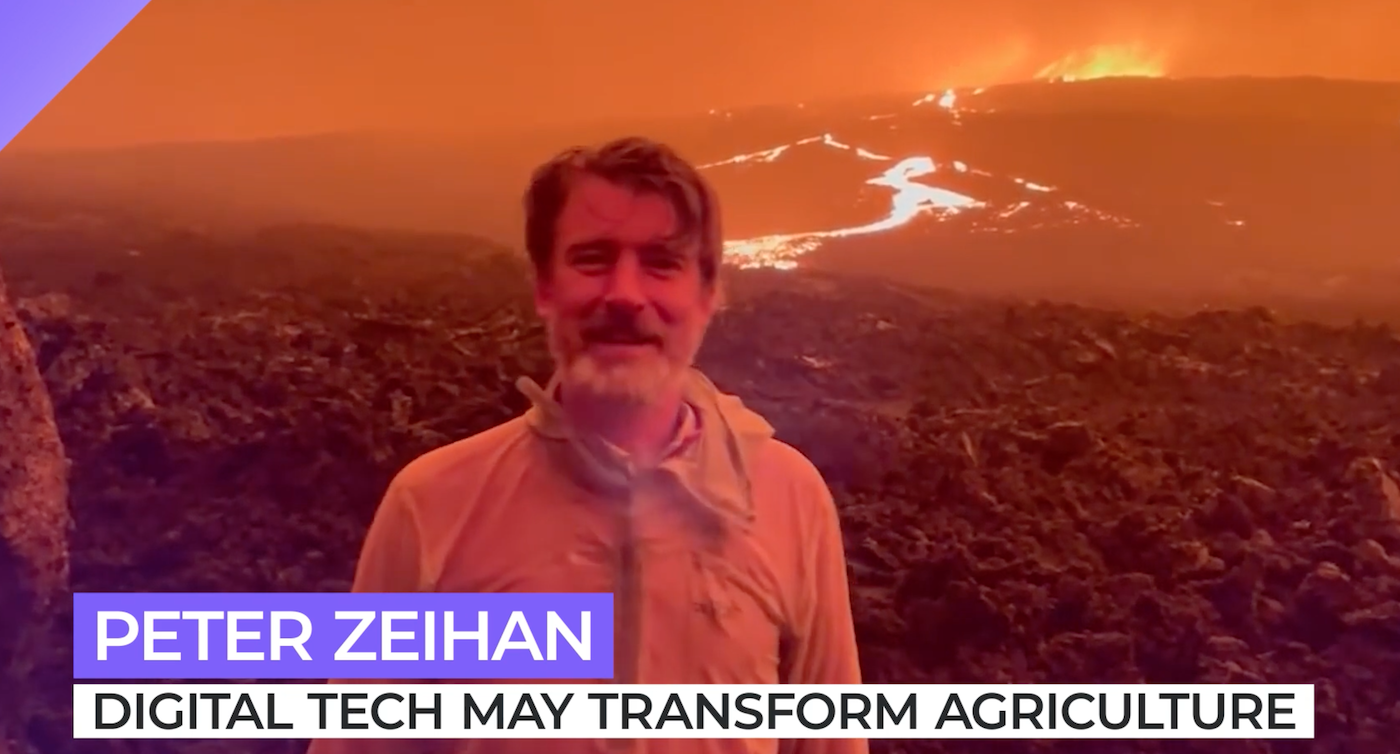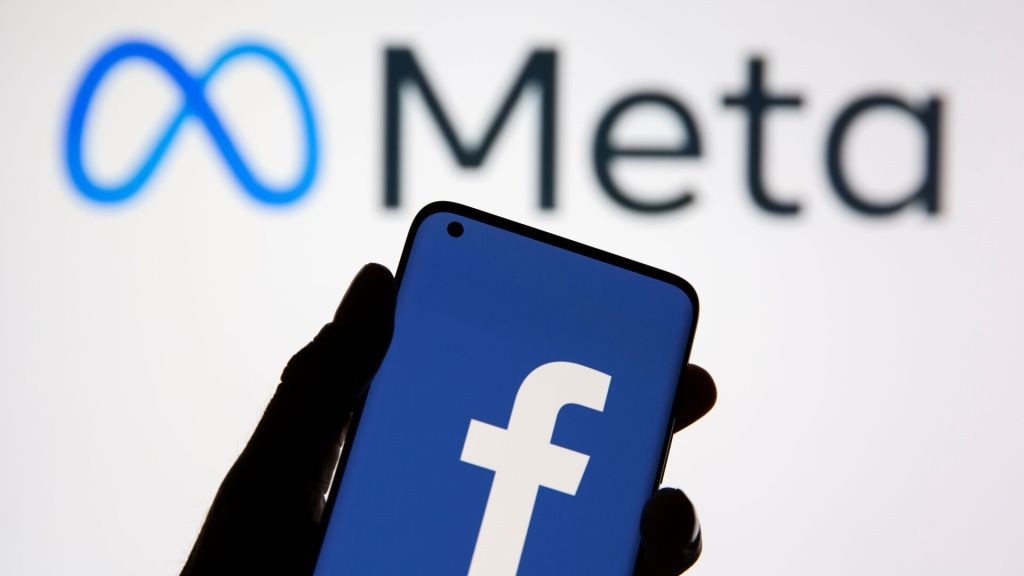
Commentary
-
Our commentary partners will help you reach your own conclusions on complex topics.
And I’m back, because you know how often do you get a backdrop like this?
We’re going to talk about agriculture today.
Some of the questions that have been coming in or what sort of technologies do I see on the horizon that can actually move the needle considering some of the more dire predictions I’ve made and really the only big ones I see are in AG and it’s the marriage of digital technologies to agriculture.
So, when we were new before the industrial revolution most agriculture was really more like gardening, with people tending to each individual plant.
And it’s not that that’s a bad system; that’s a great system. It generates massive amounts of agricultural surplus when plants get individual attention.
But it does mean you need a lot of labor so the only places that still do that sort of agriculture today are in China with some of the rice fields and in some parts of sub-Saharan Africa and Papua New Guinea.
Pretty much everyone else has moved to industrialized agriculture — tractors, combines, fertilizers, pesticides.
That generates slightly larger yields per acre, but with like one percent, two percent of the labor input. So it’s a different cost structure, but it also requires global supply chains.
The combines, the tractors are only made in three or four places: Brazil, Germany, France, United States, China… i guess that’s five. But the real problem is all the other inputs. Fertilizer is derived from natural gas. Pesticides, fungicides and herbicides are largely derived from oil.
These are things that have to cross international boundaries. And about 80 percent of the calories that we generate as a species have at least one imported input usually that fertilizer pesticide set.
If you remove those things from modern industrialized agriculture yields drop by over half almost overnight and that assumes you can still get the equipment and the fuel to run it.
So if you de-industrialize an industrialized agricultural system, output drops by 90 percent in a very short period of time because there isn’t the labor in place to do gardening.
In the world I see, the number of calories that we’re able to generate as a species is going to drop by at least half minimum. Because you’re going to break down those systems and allow it all to happen.
That brings us to digital technology.
There are two changes in digitization that are now being married to agriculture that will allow at least some places to counteract this trend of general collapse.
The first is genomics and that’s everything from gmos to gene editing. It’s gotten so good that we’re probably going to see yields in the places that can apply it double in just the next 10 years.
The big difference between the two is GMOs you take like a gene from an unrelated species and you put it in so it like generates natural pesticide.
Whereas gene editing you’re messing with the genome of the plant itself and doing something that theoretically could evolve on its own even if it takes like 100 or 200 generations.
As a rule, the folks that are opposed to GMOs think that gene editing is just cool. Honestly, i don’t see the difference really between the two but hey i’m not a protester.
Anyway, so that’s number one. Number two is facial recognition.
It’s gotten so good that you can put a camera on a tractor and drag a unit behind it that will take a photo of each individual plant and just… if it needs a little bit of fertilizer, it gets a squirt of that, if it needs pesticide it gets a squirt of that, herbicide a squirt of that, is it a weed, you know really hit it with a herbicide. And you can reduce the inputs by like 80 percent while doubling the yield.
It’s digital gardening.
Individual attention to each individual plant but on an industrial scale and that is going to be able to double output in the next 10 years.
The problem with both of these technologies is they’re not cheap. A lot of equipment, a lot of upfront work, a lot of maintenance and so it can only be applied in places that have deep financial access.
That’s primarily the First World and very, very, very large fields so you can spread out the cost of the equipment over a lot of a production zone.
That’s Australia, that might be parts of France, that’s the United States and Canada, maybe Argentina, maybe a little bit in Brazil, and that’s about it.
So you’re looking at 15, maybe 20 percent of the world’s agricultural land being able to explode at what they can do and everything else looking a lot more like that.
All right. That’s it for me until next time.
-
Can other nations replicate success of US shale revolution?
The “shale revolution” has provided the United States with a bountiful domestic supply of oil. But extracting oil from shale is a highly technical process, and it is also dependent on specific geological formations. Straight Arrow News contributor Peter Zeihan tackles the question of whether or not other nations might be able to replicate the…
-
Peace between Israel and Iran, at least for now
A series of recent airstrikes between Israel and Iran inflamed fears of a wider regional war erupting in the Middle East. That concern now seems to have paid off, after third-party countries around the world successfully intervened and talked down military hardliners in both Israel and Iran in order to avoid such an outcome. Israel’s…
-
Global internet in a precarious state, but that could be a positive
Over 500 underwater cables span over 870,000 miles worldwide, serving as the foundation of the modern global internet. Despite their critical role in facilitating communication, these cables often go unnoticed, even as the amount of data transmitted through them has surged. So what happens if the cables fail? Straight Arrow News contributor Peter Zeihan contends…
-
Water wars are an unlikely future
Foreign policy writers have long warned of the possibility that clean drinking water might become “the next oil” — that is, that major wars might be fought around the globe over access to potable water. With expanding populations and finite water supplies, these critics argue that humans will inevitably fight each other to secure drinking…
-
Are Russia’s hypersonic missiles too good to be true?
Russia has reportedly used five of its new hypersonic Zircon missiles to target Kyiv since the beginning of 2024. Russia claims that these sea-based missiles, boasting a range of 625 miles and capable of traveling at nine times the speed of sound, are part of its family of “superweapons” aimed at penetrating the U.S. missile…
Latest Stories
-
 Getty Images
Getty Images
Trump to attend NY trial as US Supreme Court hears immunity case
-

Supreme Court justices split over Idaho’s abortion law
-
 Getty Images
Getty Images
Businesses sue over FTC ban on noncompetes
-
 Getty Images
Getty Images
National Enquirer ex-publisher: Tabloid made up stories to help Trump
-
 Getty Images
Getty Images
Bird flu fallout: USDA says milk is safe, states must test dairy herds
Popular Opinions
-
In addition to the facts, we believe it’s vital to hear perspectives from all sides of the political spectrum.
Latest Opinions
In addition to the facts, we believe it’s vital to hear perspectives from all sides of the political spectrum. We hope these different voices will help you reach your own conclusions.
The opinions published in this section are solely those of the contributors and do not reflect the views of Straight Arrow News.

















Latest Commentary
We know it is important to hear from a diverse range of observers on the complex topics we face and believe our commentary partners will help you reach your own conclusions.
The commentaries published in this section are solely those of the contributors and do not reflect the views of Straight Arrow News.
Peter Zeihan
Geopolitical StrategistPeace between Israel and Iran, at least for now
Global internet in a precarious state, but that could be a positive
Water wars are an unlikely future
Dr. Frank Luntz
Pollster and Political Analyst‘Take the job seriously’: Why Americans are fed up with Congress
‘If we can shrink it, it will stop growing’: Americans talk debt, deficit
‘I don’t think they care’: Undecided voters explain their reasons
Pete Ricketts
U.S. Senator for Nebraska